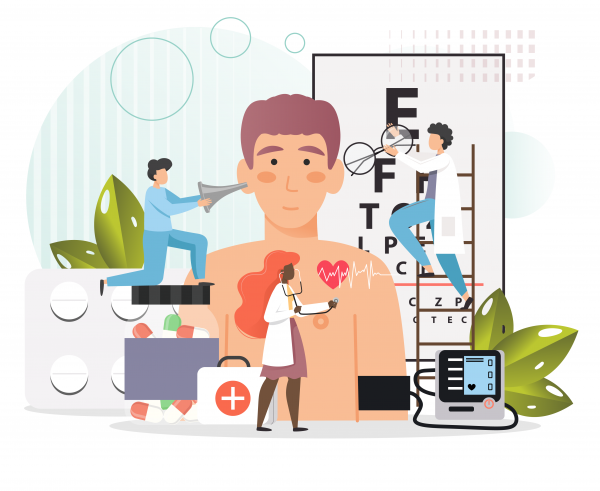Careers with Light and Sound

Amy King (Used with permission)

Amy King (Used with permission)
How does this align with my curriculum?
Curriculum Alignment
BC
1
Science Grade 1 (June 2016)
Big Idea: Light and sound can be produced and their properties can be changed.
NU
4
K-6 Science and Technology Curriculum (NWT, 2004)
Matter and Materials: Materials that Transmit, Reflect, or Absorb Light or Sound
NT
4
K-6 Science and Technology Curriculum (NWT, 2004)
Matter and Materials: Materials that Transmit, Reflect, or Absorb Light or Sound
AB
2
Science 2 (2023)
Energy: Understandings of the physical world are deepened by investigating matter and energy.
